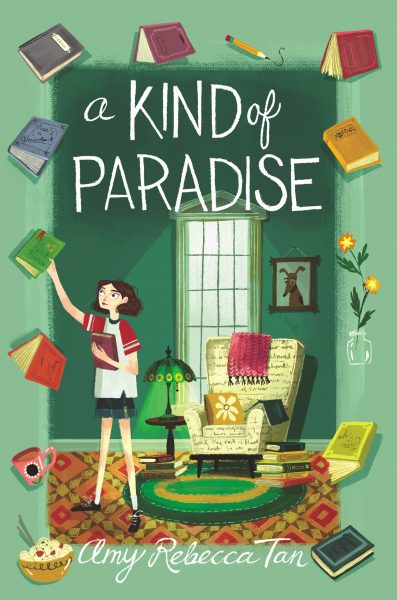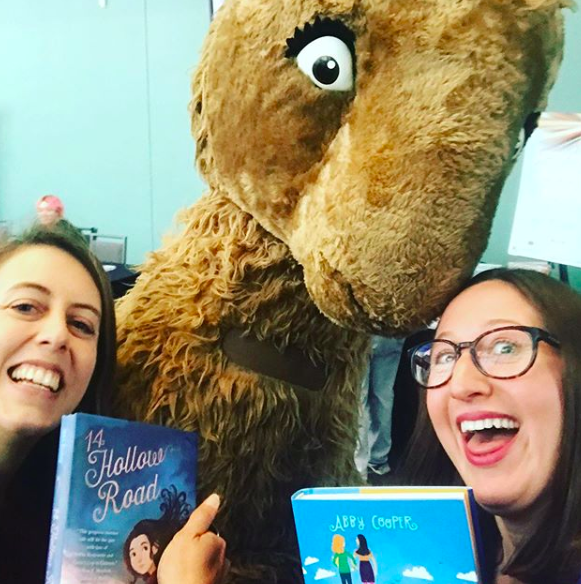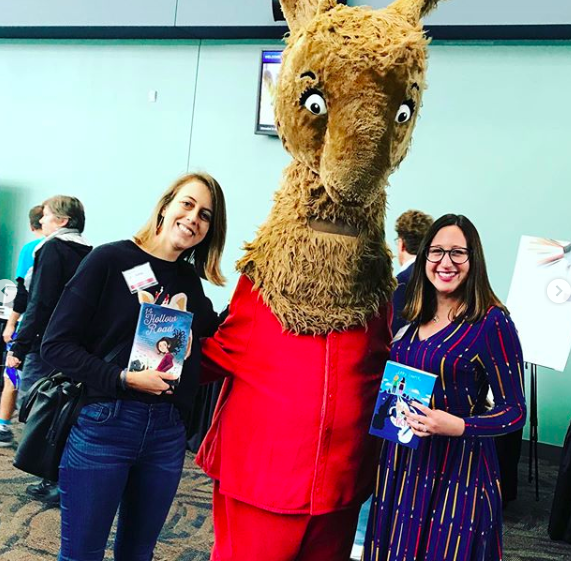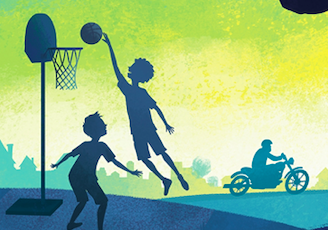
Where We Used to Roam will be published on March 23rd, 2021, but did you know you can preorder it right now?
Preordering a book helps authors because by preordering a book, you’re telling the bookstore, hey, people want this book! Which makes them more likely to stock more copies of the book, which means more people can see it and buy it. Preorders also help bookstores. And right now indie bookstores need a lot of help to survive what’s likely to be a challenging winter.
Because the pandemic has affected the ease of travel and events, I know I am not going to be able to see that many readers in person for the foreseeable future. (Sad face!) So I want to give my readers something special. For everyone who preorders, I will send a signed bookplate and bookmark. And everyone who enters the giveaway will have a chance at prizes — there’s both the Grand Prize Pack (everything pictured above, minus the flowers) and other opportunities to win signed books.
The Rules
- To enter, preorder Where We Used to Roam and make sure to save a receipt. You can also enter by requesting your local library to purchase a copy of Where We Used to Roam.
- Then, click here. The Google form will collect your name, email address, and any personalization details. You will also need to upload a photo or screenshot of your receipt/proof of purchase.
Everyone who enters will receive:
- Signed Where We Used to Roam bookmark
- A personalized signed bookplate
One lucky winner, picked at random, will receive the Where We Used to Roam Grand Prize Pack, including:
- Bison stuffed animal
- My Neighbor Totoro sketchbook
- Colorful markers
- Personalized, signed copies of The Distance to Home, 14 Hollow Road, and Things You Can’t Say
Five lucky winners, picked at random, will receive:
- A personalized, signed book of your choice: The Distance to Home, 14 Hollow Road, or Things You Can’t Say
US and Canada only. Entries must be received by March 22, 2021 at midnight to qualify.
If possible, please pre-order from your local indie bookstore. They need our support now more than ever. <3










